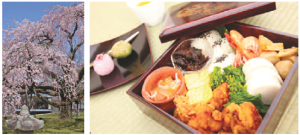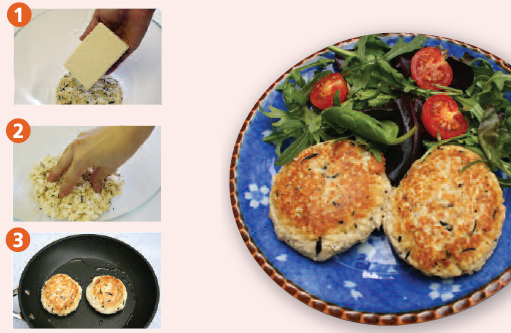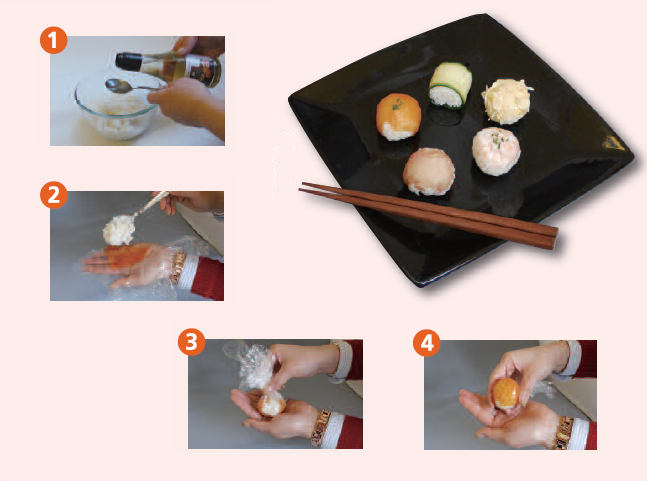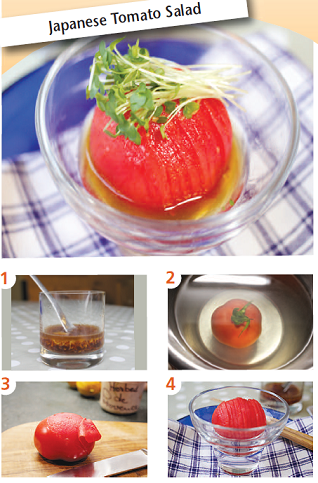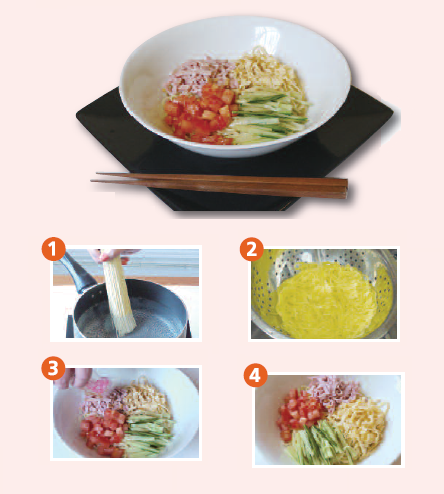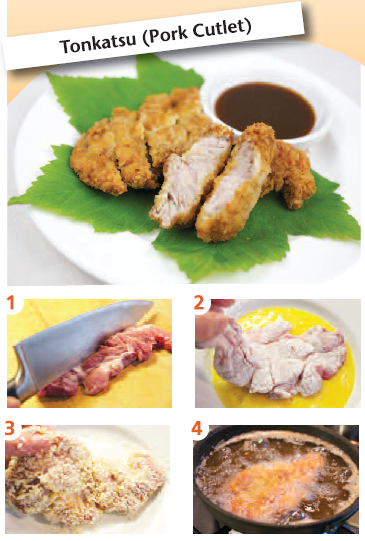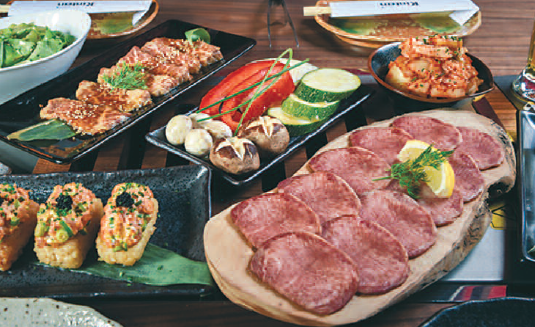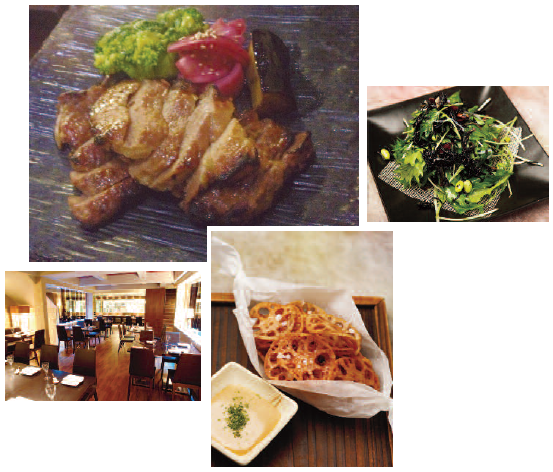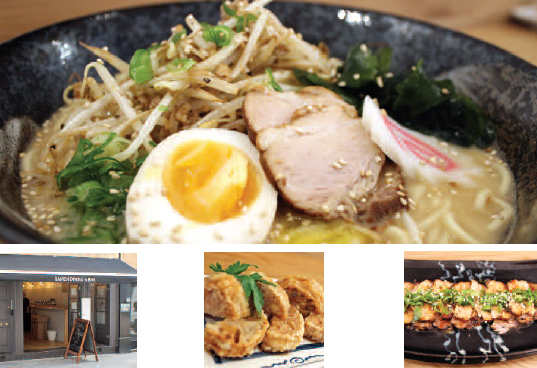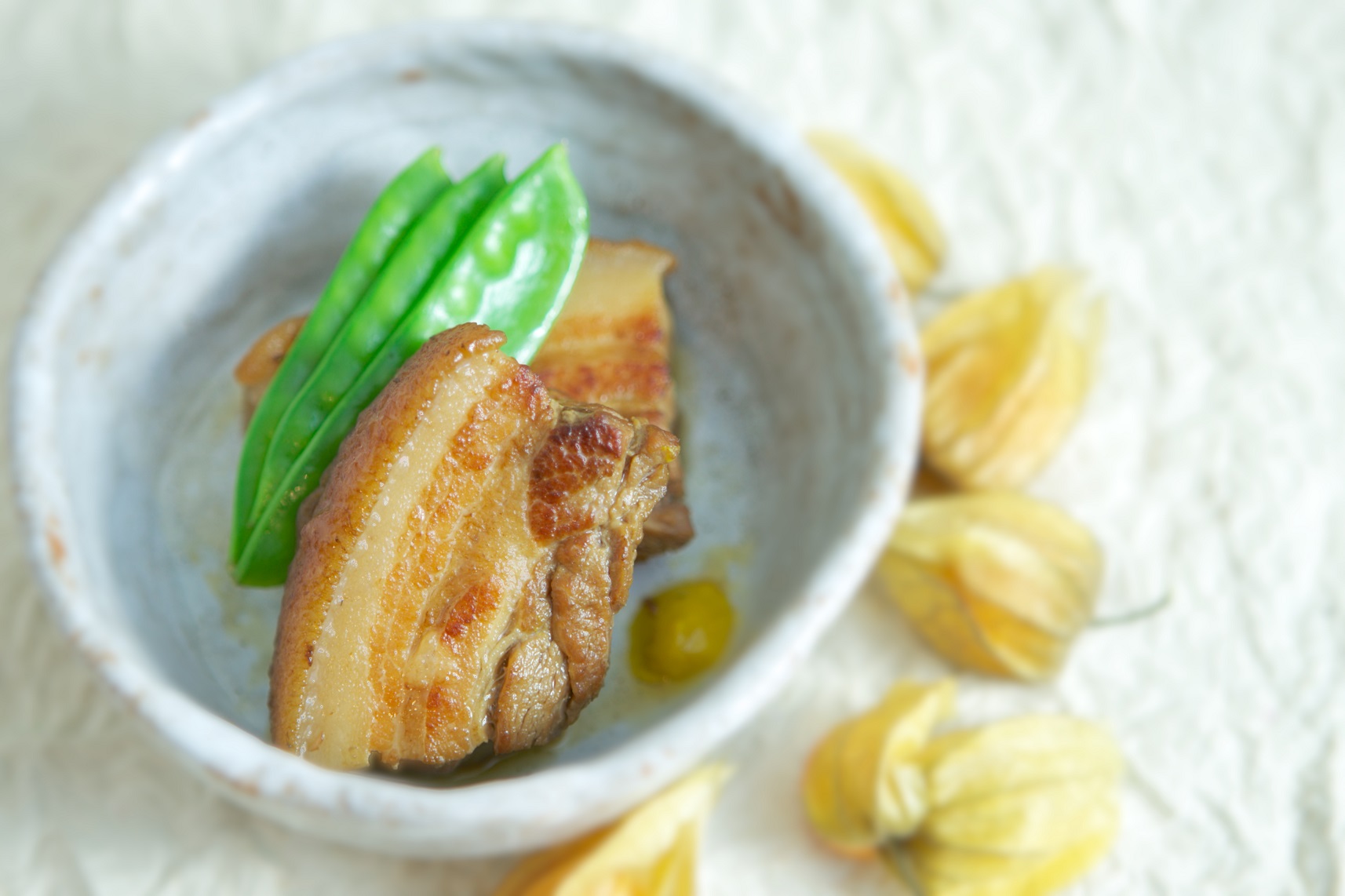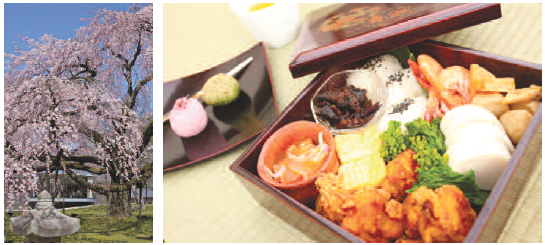
Hanami
April means Hanami, a festival more compelling than a beautiful blossom…
The cherry blossoms that spring into bloom around the start of April, and then shed their flowers just as suddenly in a snowstorm of petals, are the most beloved flowers in Japan. The spring festival known as hanami is dedicated to enjoying the fall of the cherry blossoms and was already being celebrated among the aristocracy during the Heian period (circa 13th Century) . It is even mentioned in the famous novel Genji Monogatari (Tales of the Genji clan) from that time, with descriptions of a sumptuous banquet held in the royal palace. The celebrations do not stop with just watching the beautiful rain of cherry blossoms however, and it is usual to enjoy spending quality time with friends and family while enjoying an al fresco feast or drinking sake beneath the trees. There is a proverb in Japan that goes “Rather a dumpling than a flower”, originating from how many revellers come to hanami for the flowers but find themselves drawn away and taken up with the delicious food on offer instead, and this really goes to show how essential treats like the “hanami bento” lunch box and traditional sweets modelled after the blossoms themselves are to hanami celebrations. The main component of the traditional hanami bento is fish ball omelette, as the fish balls keep well and the traditional Japanese omelette was once regarded as a special delicacy due to the sugar it contains. Nowadays there are many variations on the classic hanami bento, a staple of the spring season. The preferred ingredients are said to have selection of flavours and an appearance that in no way loses out to the petals viewed while eating them. There are also many kinds of traditional sweets created to echo the petals in colour and shape, and it would take far too much space to list them all here, but one that stands out for its unique fragrance and taste is the classic “sakura mochi”, made from flavoured rice paste and wrapped in fresh salted cherry tree leaves.
Reference
Japan Koinobori Association
Nagasaki Ryo
www.koinobori-nippon.jp/en

